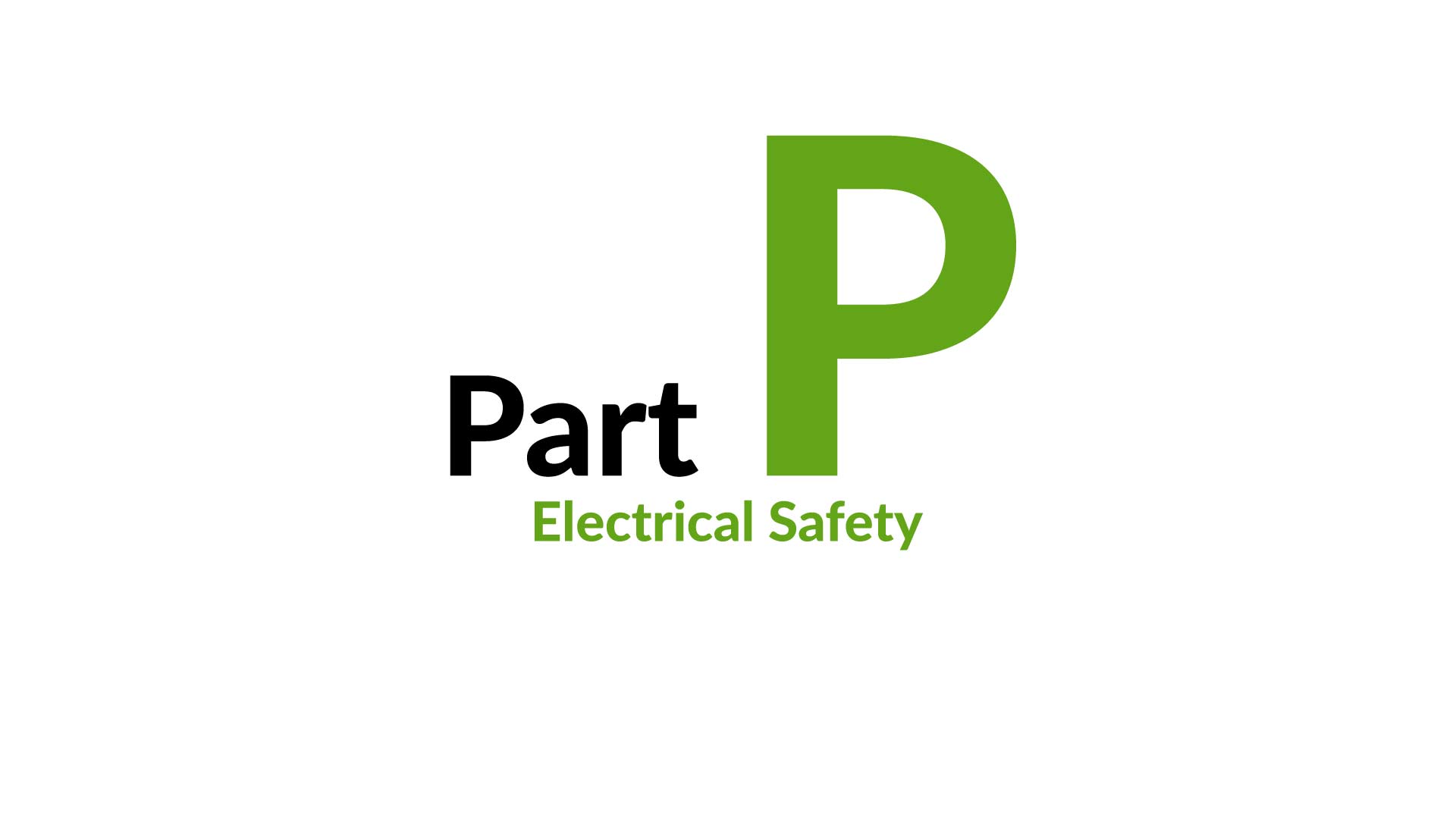True, it may not be that low a value and given the past guidance allowed values as low a 1M to be passed it seems plausible an inexperienced tester might not question it. Guidance notes 3 say below 20M on a new installation should be investigated, but even that bothers me!
My own flat, wired in the early 80s long before I moved in, has all circuits above 1G except the rear rooms' lighting which varies from 250M to above 750M depending on the weather (as far as I can tell). No Wago boxes then unfortunately and the muppets put most of the joints in the false ceiling area
before it was plasterboard so many are inaccessible otherwise I would have tried to pin down the reason while bored witless these days

[automerge]1585757905[/automerge]
There was a lot more on one of the IET forums, but posting links to it seems not to work, so here is the message from there:
"
The case relates to the Death of 22 year old Emma Shaw who was the occupant with her 18 child month of a rented 1st floor flat in West Bromwich in December 2007.
The flat was one of new 42 flats that had electrical installation carried out by Anchor Building and Electrical services an NICEIC Approved Contractor in 2006.
The internal walls were constructed of "C" section metal studwork covered with plasterboard. A hall cupboard contained a pressurised water boiler above which was mounted a consumer unit supplied from a distribution circuit from a switch fuse in a an riser cupboard external to the flat. The means of earthing was TN-C-S. None of the circuits in the consumer unit were RCD protected. Circuit No. 3 supplied one of the immersion heaters in the boiler.
The electrical installation had been 1st fixed the plaster board fitted to the metal studding before the installation was 2nd fixed. Circuit 3 supplied a 20A double pole switch at high level which supplied a cable outlet at low level, this in turn supplied the water heater in flex.
The cable to the flex outlet was longer than it should be and when the plasterboard was installed the cable was trapped between the plasterboard and the stud-work. In addition a plasterboard screw passed through the cable clipping the Line and CPC conductors and in to the studwork.
The installation had been energised without any testing and the fault current had blown away part of the screw and CPC. This was verified by forensic examination at the HSE laboratories. This left a high resistance fault from the line conductor to the metal studwork.
18 months later the stat. on the water heater failed and the cylinder over pressurised and the safety valve operated and the safety valve operated and discharged in to a tun dish. The plastic waste pipe from the tun dish had parted because it was not glued and the water spilled on to the floor soaking the carpet. The water soaked under the foot of the wall and in to contact with the live studwork.
Miss Shaw was mopping up the water and had texted her partner to come home telling him the hall was flooded and the "electricity was sparking". he partner tetxed back to say to turn off the water stop cock sited in the same cupboard as the boiler.
Later she was found kneeling in the cupboard slumped forward and apparently lifeless. Subsequent examination and a Post Mortum determined that she was kneeling in the charged water and received a fatal shock when she touched the earthed stop valve.
West Midlands Police, the ambulance service and the fire service attended the scene. The police commenced an investigation for a suspicious death.
The police later arrested both the QS Hoult and Tomkins the electricians mate and they were interviewed under caution. Tomkins had signed an Electrical Installation Certificate as the Inspector. He admitted he was not qualified or competent to do so. He said he had been taken to the flat by the electrical site foreman and told to do ring continuity and loop impedance testing.He said when he got to the flat the installation was already energised. He did no other inspection and testing. He said that in the site hut they had sat around the table with the site foreman and was told the other tests had been done and he was told what to write on the test certificate.
This EIC was submitted to Anchors offices where a type written certificate was produced. The type written version had differences to Tomkins hand written version. The typed version had "P/P C Tomkins" in the single signature box for design. construction and inspection. Tomkins said in court he had not seen the typed form and he would not have consented to his signature being used. Mr Hoult the QS said that he just checked the figures on the form and signed it as the QS. he did not go to site and was not involved in the testing and inspection. Mr Hoult had known Tomkins for many years and it was alleged he knew about Tomkins status as a mate and his lack of qualifications. "
[automerge]1585758091[/automerge]
Apologies to the OP for what looks like a hijacking of this thread!
















